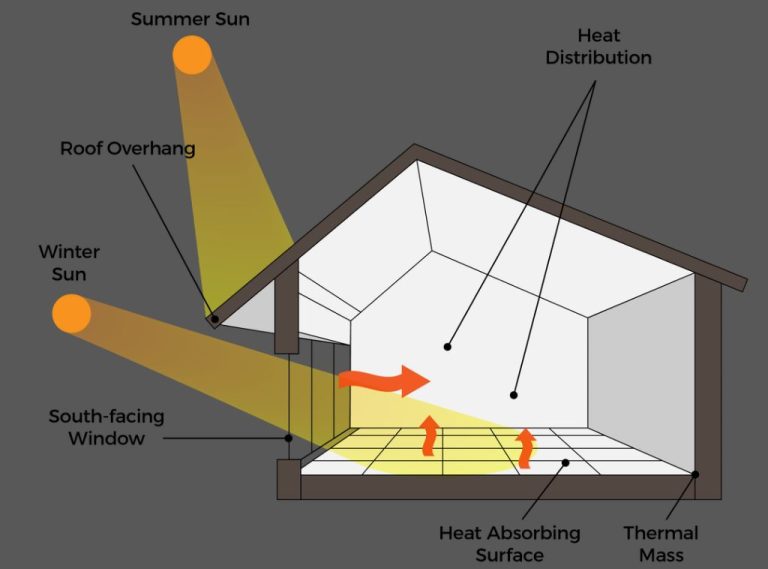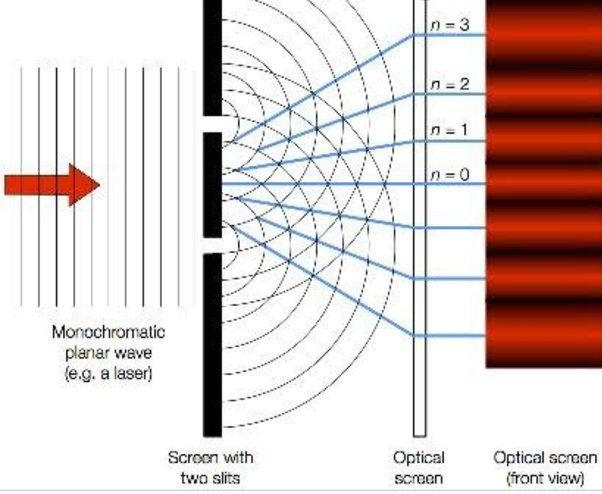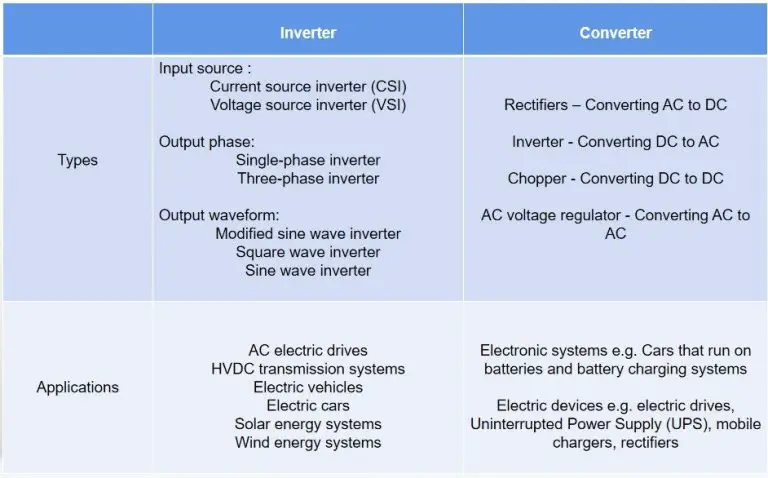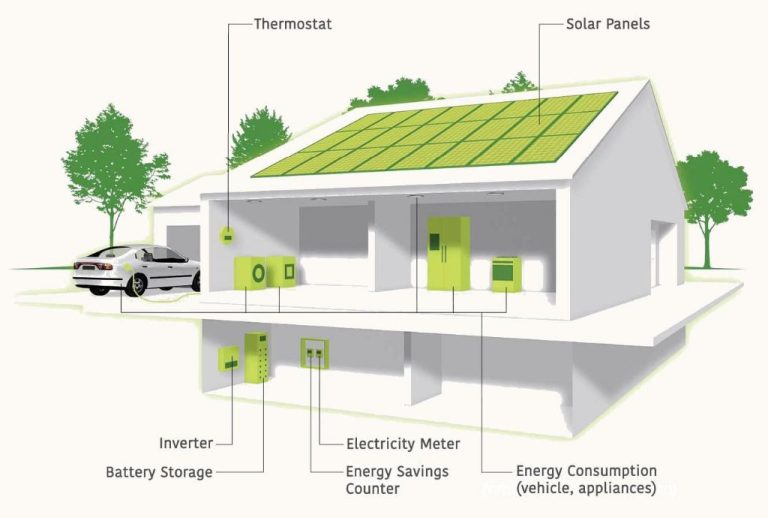What Are The Pros And Cons Of Using Solar Power?
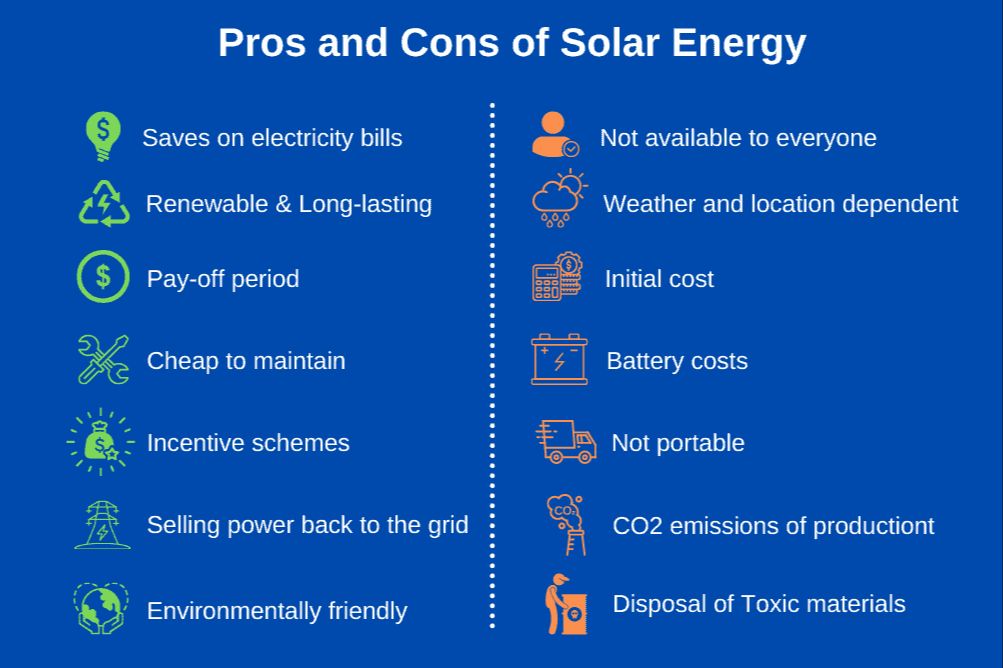
Solar power is energy from the sun that is converted into electricity through the use of photovoltaic solar panels. The growth of solar power has been significant in recent years, with global solar photovoltaic capacity reaching over 580 gigawatts in 2019, increasing over 2,000% since 2009.
There are a number of pros and cons to consider when deciding whether to install solar panels. On the pro side, solar power is environmentally friendly, can reduce electric bills through net metering, provides energy independence, and requires little maintenance. However, the upfront costs can be high, solar panels take up space and can impact aesthetics, and output depends on location and weather conditions.
This article will provide an in-depth examination of the key benefits and drawbacks of switching to solar power.
Pro: Environmentally Friendly
Solar energy is a clean, renewable source of power that produces no greenhouse gas emissions when generating electricity. Unlike fossil fuel power plants, solar panels do not burn fuels or emit air pollutants that contribute to climate change, smog and acid rain (Energy.gov). Solar is much better for the environment compared to coal, natural gas and other fossil fuels that release large amounts of carbon dioxide and other greenhouse gases. The US Energy Information Administration states that “Solar technologies can help combat global climate change by offsetting emissions of greenhouse gases from fossil fuel-fired power plants” (EIA.gov). Widespread use of solar energy could significantly reduce greenhouse gas emissions and mitigate the effects of climate change.
Pro: Reduced Electric Bills
One of the biggest advantages of installing solar panels is reducing or even eliminating your monthly electric bill. Solar panels allow homes and businesses to generate their own electricity from sunlight, reducing the amount of electricity that needs to be purchased from the utility company.
The amount of savings on your electric bill depends on factors like your energy usage, the size of your solar system, and sunlight availability in your area. But on average, most homeowners with solar panels see their electric bills reduced by 50-100%. In sunny states like California, it’s possible to zero out your electric bill completely with a properly-sized solar system.
And the savings add up significantly over time. According to Energysage, the average homeowner will save around $42,000 over 25 years after installing solar panels. With installation costs dropping year after year, solar pays for itself faster than ever before.
With utilities regularly hiking up rates, going solar provides stability and insulation against rising electricity costs. The fuel for solar panels – sunlight – is free. So once your solar system is paid off, you can lock in very low energy rates for decades. This gives homeowners long-term savings and control over their energy bills.
Pro: Energy Independence
One of the major benefits of solar power is achieving energy independence and security. According to Solar.com, having solar panels and batteries allows homeowners to produce and store their own electricity. This minimizes reliance on the traditional electric grid and fossil fuels.
With a solar and storage system, homeowners can become energy independent. As explained by Boston Solar, energy independence means not needing any electricity from the utility company. Solar panels provide electricity from the sun, while batteries store excess energy for use when solar production is low. This combination allows for clean, renewable energy production and personal energy independence.
According to EcoWatch, being completely energy independent is difficult, but solar panels with batteries get homeowners extremely close. By producing your own energy, you control your electricity prices and can minimize reliance on fossil fuels. This provides energy security and independence.
Pro: Low Maintenance
Once installed, solar panels require little maintenance over decades of use. According to Fixr.com, solar panels typically only need cleaning and inspection once a year, which costs between $300-$700 for a small residential system[1]. Solar panels have no moving parts and are designed to withstand the elements for over 25 years. For example, most solar panel warranties cover power degradation of no more than 1% per year over their lifespan[2]. While more maintenance may be needed for rarer issues like wiring, inverters or racking damage, overall solar panels are very low maintenance compared to most other power systems. This reduces the long-term costs and work for consumers, allowing solar to generate power with minimal upkeep year after year.
[1] https://www.fixr.com/costs/solar-panel-maintenance
[2] https://roofgnome.com/blog/cost/solar-panel-maintenance-price/
Pro: Tax Credits and Incentives
One of the biggest pros of going solar is that there are often significant tax credits, rebates, and other incentives available to help offset the upfront costs. The federal solar tax credit allows homeowners to deduct 26% of installation costs from their federal income taxes for systems installed in 2020-2021. This tax credit has been extended and increased to 30% for systems installed from 2022 through 2032 [1]. The tax credit applies to both residential and commercial solar energy systems. There are also additional state and local incentives available in certain areas. Researching the incentives in your region can help make solar power more affordable.
Con: Upfront Costs
One of the main downsides of solar power is the high upfront cost of installation. According to sources like Forbes, the average cost to install a solar system ranges from $5,400 to $18,000 depending on the size. Most homeowners spend between $15,000 to $25,000 on a typical solar panel system for a single-family home.
While solar panels can save money in the long run by reducing electric bills, the initial investment is still quite high. Many homeowners find the costs prohibitive. This is especially true when considering that the savings from reduced electric bills often take several years to break even with the upfront installation costs.
However, the initial investment in solar panels is comparable to other major home improvement projects. Additionally, many state and federal incentives like tax credits can help offset some of the upfront costs. But the high initial price tag remains one of the biggest barriers to adopting solar power for most homeowners.
Con: Appearance and Space
Some people find that solar panels can negatively impact the aesthetics or appearance of their home or property. Many associate solar panels with large, industrial-looking arrays and feel they may clash with the architecture or design of residential buildings (Source 1).
Solar panels do require adequate roof space or land area to generate sufficient energy. For larger systems producing more power, this can mean dedicating a substantial portion of the roof or property to solar panels. Those with concerns about limited space for solar may find it restrictive to install a properly sized system (Source 2).
However, there are options available to help improve solar panel aesthetics. Panel sizes are decreasing, and innovations in panel shapes, colors and framing can help them blend in better. Situating panels in less visible areas can also minimize impacts on curb appeal. Thoughtful solar system design can address many appearance and space related concerns.
Con: Weather Dependent
Solar panels rely on sunlight to generate electricity. This means that output depends heavily on weather conditions. Solar production is highest on sunny, cloudless days when panels can absorb the most solar radiation. Output declines significantly on cloudy days when less direct sunlight reaches the panels (Source 1).
Seasonal changes also impact solar panel productivity. In the sunny summer months, solar systems generate the most energy. But in winter, shorter days and weather conditions like snow can greatly limit solar panel output (Source 2). Geographic location plays a role as well, with sunnier climates generally allowing for greater solar production year-round.
Overall, the intermittency of solar energy due to weather variability is a drawback. Systems require sufficient solar access to justify the investment. Reliance on the sun means solar may not provide reliable continuous power in some weather conditions.
Conclusion
In summary, solar energy has several major pros and cons to consider. On the positive side, solar power is renewable, clean, reduces electricity bills, allows for energy independence, and requires little maintenance once installed. The main downsides are the high upfront costs, aesthetics and space requirements, and dependence on sunny weather. While solar currently provides a small fraction of global energy, research shows solar electricity generation is growing rapidly. With increasing efficiency and falling prices, solar energy has the potential to become a major source of clean, renewable power in the future.

